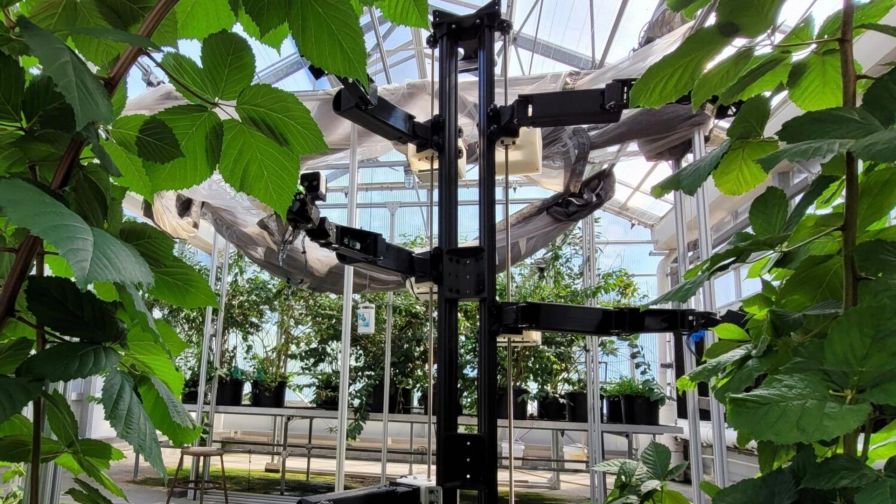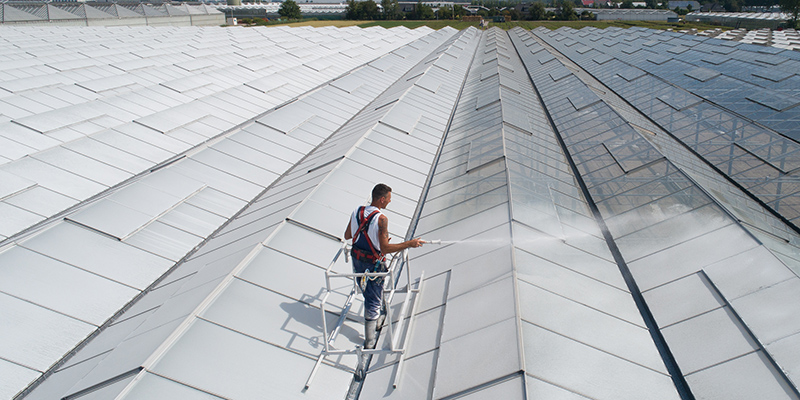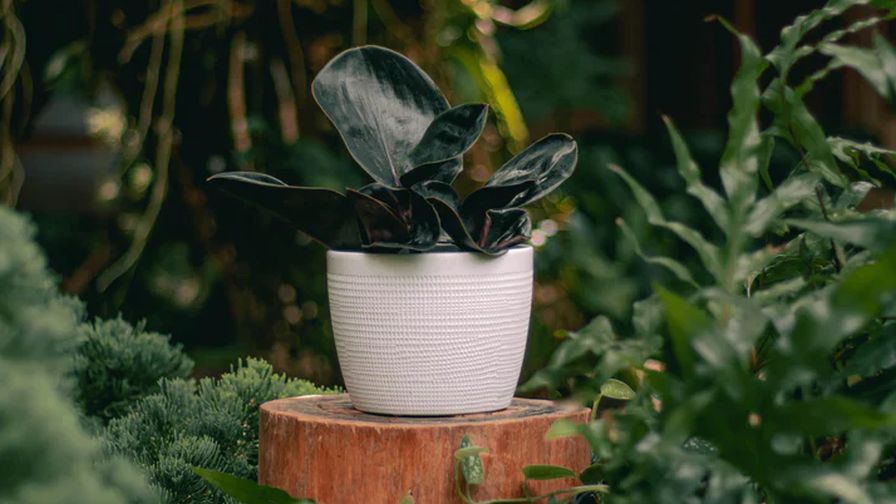A Closer Look at Your Most Pressing Pest Concerns
Protecting your greenhouse crops from insects and diseases is a yearly concern. However, the severity of problems — as well as the tools and management strategies used to control them — are evolving.
Greenhouse Grower magazine recently surveyed its audience to learn more about the most challenging pest problems growers faced in 2020, how they plan to minimize pest pressure concerns next year, and more.
Seventy-two percent of the growers responding to the survey produce ornamentals, and 48% said they grow greenhouse vegetables. Almost 6% have some cannabis or hemp production.
Around 62% of respondents have operations less than 50,000 square feet in size; 13% are between 50,000 and 500,000 square feet; and 25% are more than 500,000 square feet in size.
Check out the information below to learn more about the industry’s main crop protection challenges.
What were your most problematic insects this year?
- Aphids
- Thrips
- Mites
- Mealybugs
- Whiteflies
Aphids and thrips were consistently the most difficult insects to manage in 2020 and most growers cited a rotation of conventional and biological controls as their best management strategies.
What were your most problematic diseases this year, and how did you control them?
- Powdery mildew
- Botrytis
- Downy mildew
- Pythium
- Fusarium
While powdery mildew was far and away the most prominent disease in 2020, more than 25% of growers told us disease was not a major concern this year. The reasons? Dry weather, improved sanitation, proper air movement, and the use of chlorine dioxide gas in water systems all contributed to a better plant environment.
How do you educate your customers (whether they are other growers or consumers) about your crop protection program?
| Word of mouth | 67% |
| In-house tours | 27% |
| Social media | 24% |
| Website | 18% |
| We don’t do anything | 18% |
Direct, in-person communication is still the best way to inform your customers about your pest management program, but digital tools are rising in popularity.
What steps do you plan to take to reduce insect or disease pressure next year?
| Increase scouting | 75% |
| Preventative measures (biocontrols, biostimulants, etc.) | 67% |
| Increase rate or change timing of application | 31% |
| Disrupt reproduction or development | 30% |
| Apply an additional product | 27% |
| Forecasting | 18% |
| Switch materials | 16% |
| Alter soil fertility or water management | 9% |
How do you or your crop protection specialist make decisions on when to apply products?
| Scouting reports | 81% |
| Climate (degree days, humidity, etc.) | 45% |
| Set schedule based on calendar | 35% |
| Input from other growers | 22% |
| Supplier input/advice | 17% |
| Extension pest/disease updates | 13% |
| Regional threats | 10% |
Scouting remains critical in making informed crop protection decisions, as does climate monitoring.










